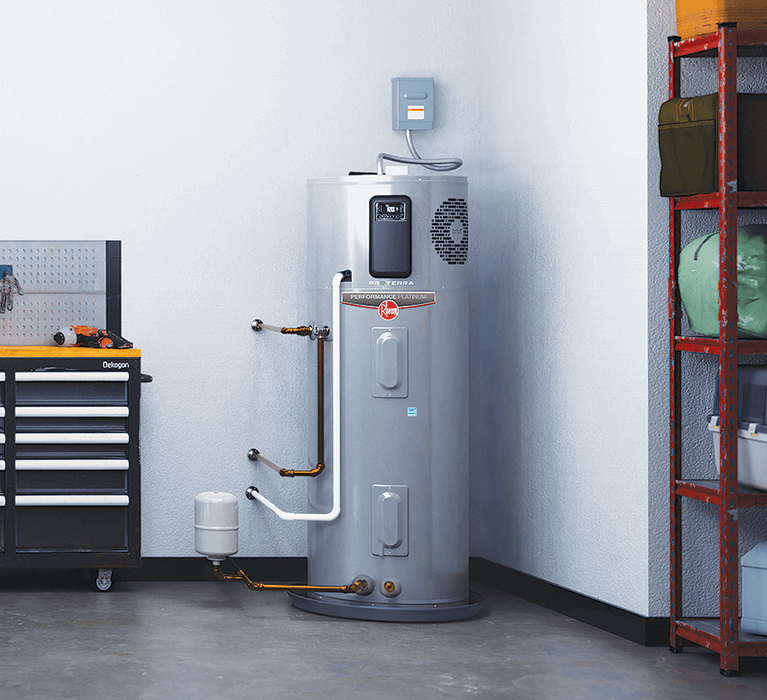Important Tips on Maintaining Your Home's Hot Water System
Important Tips on Maintaining Your Home's Hot Water System
Blog Article
Have you been looking for tips around Tips on Maintaining a Water Heater?

Hot water is necessary for everyday convenience, whether it's for a rejuvenating shower or washing dishes. To ensure your hot water system runs effectively and lasts longer, regular maintenance is key. This article provides useful suggestions and insights on just how to maintain your home's hot water system to avoid interruptions and costly fixings.
Introduction
Maintaining your home's warm water system may appear overwhelming, yet with a few simple actions, you can ensure it runs smoothly for several years ahead. This guide covers whatever from understanding your warm water system to DIY maintenance pointers and understanding when to call in specialist assistance.
Importance of Keeping Your Hot Water System
Normal maintenance not just extends the lifespan of your hot water system yet also guarantees it operates effectively. Disregarding upkeep can lead to reduced performance, higher energy costs, and even premature failure of the system.
Indications Your Warm Water System Needs Maintenance
Recognizing when your warm water system needs interest can prevent major concerns. Look out for indications such as irregular water temperature level, unusual sounds from the heater, or rustic water.
Recognizing Your Warm Water System
Before diving right into maintenance tasks, it's valuable to comprehend the fundamental components of your hot water system. Typically, this consists of the water heater itself, pipelines, anode poles, and temperature controls.
Monthly Upkeep Tasks
Normal regular monthly checks can aid catch small concerns prior to they rise.
Purging the Water Heater
Purging your hot water heater removes sediment buildup, improving performance and prolonging its life.
Checking and Replacing Anode Rods
Anode rods protect against rust inside the storage tank. Evaluating and changing them when broken is vital.
Evaluating and Readjusting Temperature Level Setups
Readjusting the temperature level setups ensures optimal performance and safety.
DIY Tips for Maintenance
You can perform several maintenance tasks yourself to keep your hot water system in leading problem.
Looking for Leakages
Regularly inspect pipelines and links for leakages, as these can cause water damage and higher expenses.
Evaluating Pressure Alleviation Valves
Examining the stress relief valve ensures it functions appropriately and stops extreme pressure buildup.
Shielding Pipelines
Protecting hot water pipes reduces warmth loss and can conserve energy.
When to Call a Professional
While do it yourself upkeep is helpful, some concerns need professional proficiency.
Facility Concerns Needing Professional Help
Instances include significant leakages, electrical troubles, or if your water heater is consistently underperforming.
Routine Specialist Maintenance Benefits
Expert maintenance can consist of extensive inspections, tune-ups, and ensuring conformity with security criteria.
Final thought
Regular upkeep of your home's hot water system is necessary for effectiveness, longevity, and expense savings. By complying with these suggestions and recognizing when to seek specialist aid, you can guarantee a dependable supply of warm water without unexpected interruptions.
Water Heater Maintenance Tips
Test the TPR Valve
Shut off the power and the cold-water supply valve. Place a bucket under the pipe connected to the temperature-pressure-release (TPR) valve on the top or side of the tank. (This valve opens if the tank pressure gets too high.) Lift the valve’s tab to let some water out, then let go. If water keeps flowing, drain the tank partway, unscrew the old valve with a pipe wrench, and install a new one. Check the Anode Rod
Put a hose to the tank’s drain cock and let out a few gallons of water. Now fit a 1 1/16-inch socket onto the rod’s hex head on top of the heater (or under its top plate) and unscrew the rod. If it’s less than ½ inch thick or coated with calcium, buy a new one, wrap its threads with Teflon tape, put it back in the tank, and tighten securely. Use this segmented rod if headroom above the tank is limited. Drain the Tank and Wash Out Sediment
Drain the remaining water in the tank into the bucket, then stir up the sediment on the tank’s bottom by briefly opening the cold-water supply valve. Drain and repeat until clean water comes out of the hose. Close the drain cock, refill the tank, and turn its power back on. Adjust the Temperature
Find the temperature dial on the side of the tank and unscrew its cover. Adjust the dial to 120 degrees using a flathead screwdriver. For every 10 degrees the temperature is lowered, you can expect to save up to 5 percent in energy costs. Turn the water heater off or the thermostat down to its lowest setting if you plan to be away from home for more than three days. Insulate the Pipes
Buy some self-sticking 3/8-inch-thick foam pipe insulation that matches the pipes’ diameter. Slide the foam over the hot-and cold-water pipes as far as you can reach. Insulating the cold-water pipe prevents condensation in summer. Peel the tape and squeeze the insulation closed. If the pipe is 6 inches or less from the flue, cover it with 1-inch-thick unfaced fiberglass pipe wrap. https://www.thisoldhouse.com/plumbing/21016402/how-to-maintain-a-water-heater

I have been very excited about How to Maintain Your Water Heater & Prolong its Life and I hope you liked my article. Enjoyed reading our content? Please share it. Let others find it. We value reading our article about Water Heater Maintenance Tips You Can't Afford to Forget.
Call Today Report this page